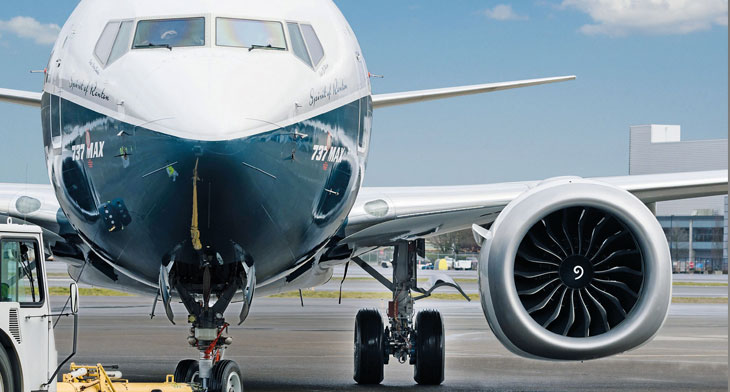Boeing rethinks its new midmarket aircraft

Boeing has revealed that it’s going back to the drawing board in the development of its new midmarket airplane.
The US aircraft manufacturer will focus on an entirely new next-generation design that will meet the demands of the market now and in the near future. The new design will include a revised flight control development approach following lessons learned from the MAX crisis.
The new approach was revealed by new Boeing CEO Dave Calhoun stating, the “NMA project is going to be a new clean sheet of paper.”
The NMA concept started in 2015, “things have changed a bit. Not so much MAX related but the competitive playing field’s a little different,” he says.
Boeing was on the verge of putting the NMA proposal in front of the board authority in March-April last year, but the programme was halted as the MAX crisis developed.
The NMA is intended to replace the 757 and was later modified to include the 767 as well and was ready for the market early in 2019. The programme was focused on two main versions, the 225-seat NMA-6X and 275-seat NMA-7X, with the larger of the model expected to be developed first.
The larger model was expected to enter service in 2025 and was intended to compete with the Airbus A321XLR, which is planned to take its maiden flight in 2024. The revision of the NMA programme means that Boeing’s development plans have shifted back to the Future Small Airplane (FSA), a new family of aircraft covering the 160-220 seat sector, which the 737 series currently covers.
The fresh approach to a new family of aircraft, that will be smaller than the NMA, will have a significant impact in the development of new engines for the aircraft, which had until now been focussing on the NMA. The shift in development timelines now mean that Rolls-Royce, Pratt & Whitney and General Electric/Safran will now be able to compete to develop a suitable new powerplant.
Stating on the possible decision to change their approach to developing a flight control system, Calhoun revealed, “I have had discussions with the FAA, we might have to start with the flight control philosophy before we actually get to the airplane. Because the decision around pilots flying airplanes, that’s a very important decision for the regulator and for us to get our head around.”
This may mean that Boeing’s introduces a similar approach used by Airbus, he continued, “we have always favoured airplanes that required more pilot flying than maybe our competitor did. But we’re all going to have to get our head around exactly what we want out of that. So that’ll be a process that will go on alongside of the next airplane development.”
